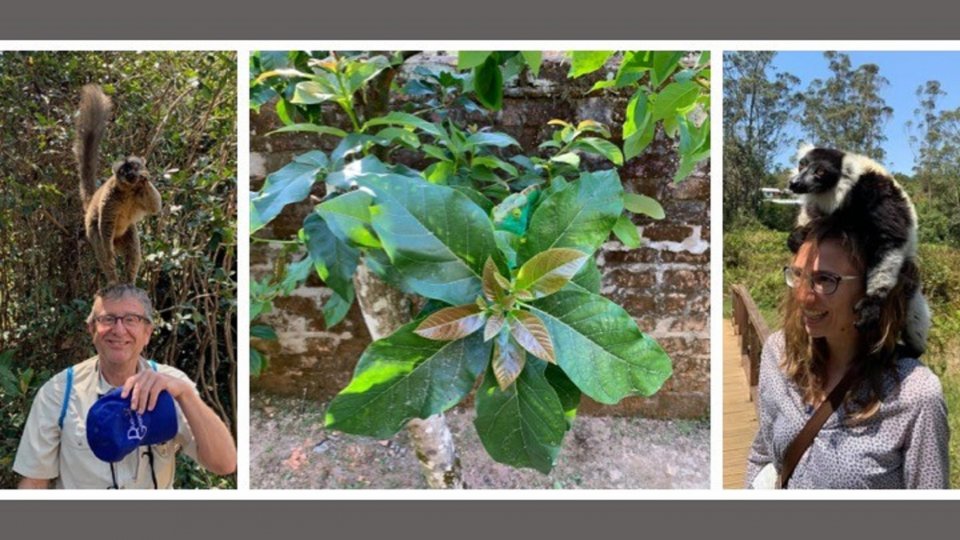Guiding plague prevention and treatment: an atypical journey

Although thought by many to be a disease of the past, plague is considered a re-emerging disease. A new journey towards plague prevention and control started several months ago with the following destination: to develop clear guidance on prevention, diagnosis, and treatment of plague.
I am Sophie Jullien, a former-LSTM Masters student who then worked with the Cochrane Infectious Diseases Group (CIDG) preparing reviews for the India TB Guideline Panel, and I’ve been employed by the WHO to manage the plague guideline process. In September 2019, a meeting was organized with plague experts from several countries, including clinicians, biologists, epidemiologists, an anthropologist, public health professionals, and methodologists. The meeting’s aim: to assess the existing evidence on selected topics, and to formulate recommendations to include in the new guideline. It was held at the Pasteur Institute of Madagascar in Antananarivo, as Madagascar is currently one of the countries most affected by plague. The recent outbreak in Madagascar affected the capital, where several million people live, and required an emergency response to control the outbreak. This was a clear example that standardized clear guidance is needed for managing people with plague and for preventing and controlling outbreaks.
The group examined use of rapid diagnostic tests for detecting and diagnosing plague; antibiotic treatment for plague; and the need of personal protective equipment for handling people who have died from plague. Within a few months, I and my co-authors conducted systematic reviews on each of these areas.
From a methodological point of view, it’s been an interesting experience to examine and seek to address each of these topics. Indeed, the limited evidence available in the literature addressing these topics required some innovative approaches. The photos illustrate this journey quite well. We included data from animal models in the systemic review on efficacy of antibiotics for plague. Other times, we could not easily see the chameleon in front of us and we needed to take an indirect approach in order to answer our key questions. But, overall, a collaborative effort and plenty to give us ‘paws’ for thought!
